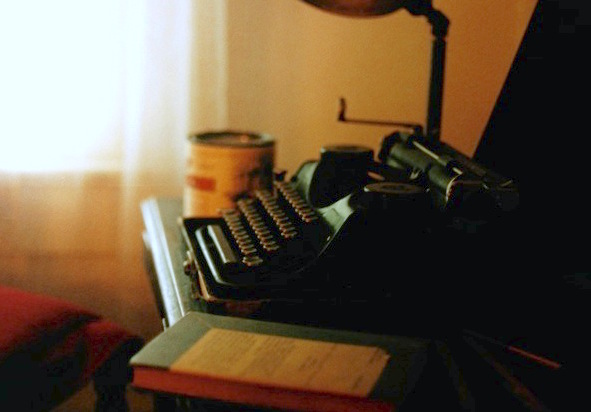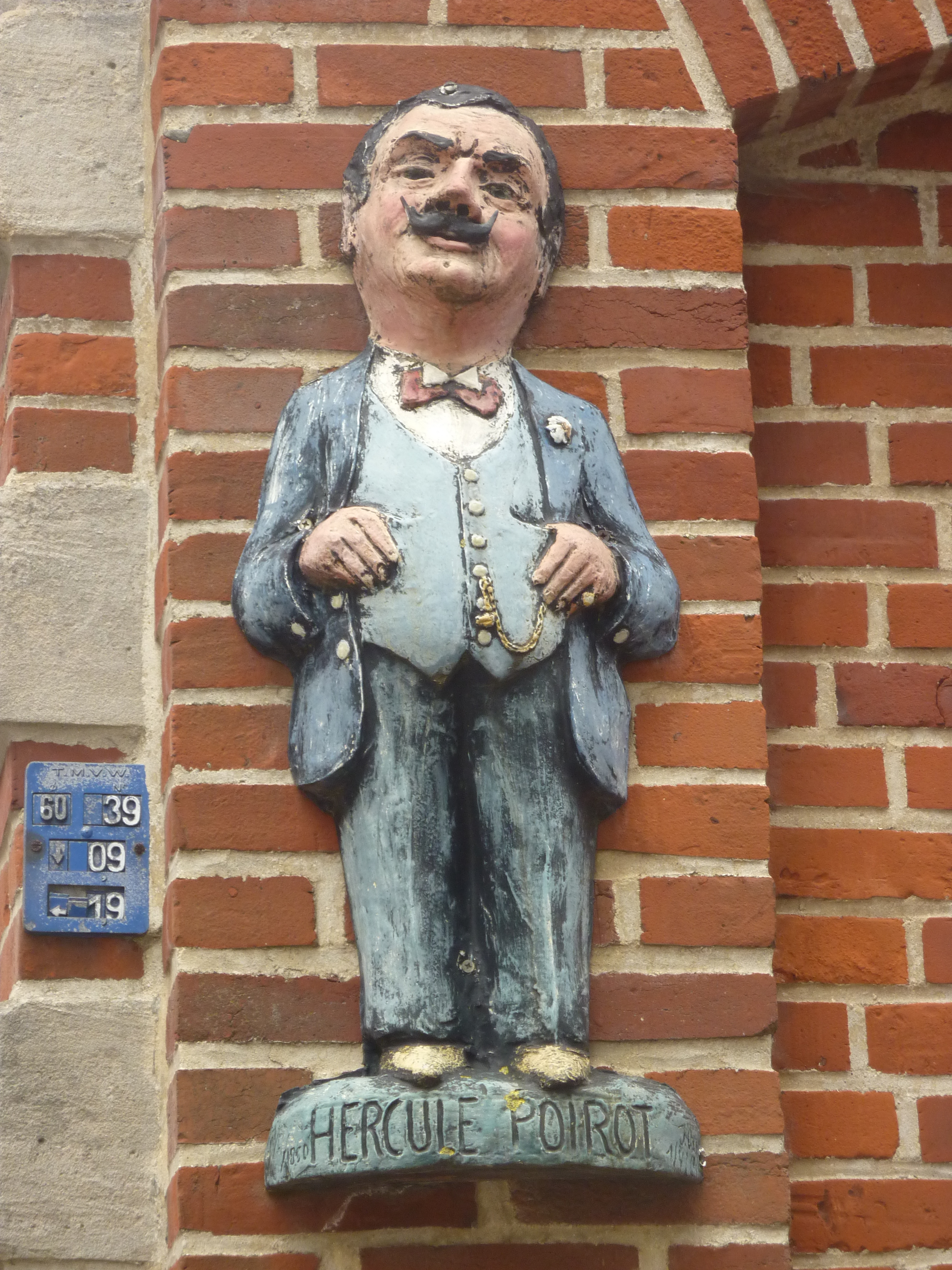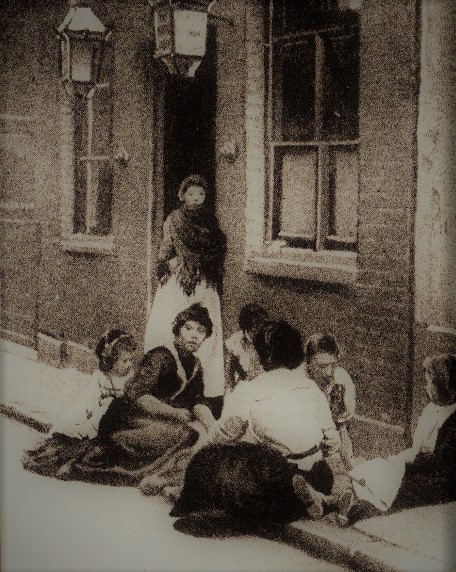|
Marie Belloc-Lowndes
Marie Adelaide Elizabeth Rayner Lowndes (née Belloc; 5 August 1868 – 14 November 1947), who wrote as Marie Belloc Lowndes, was a prolific English novelist, and sister of author Hilaire Belloc. Active from 1898 until her death, she had a literary reputation for combining exciting incidents with psychological interest. Four of her works were adapted for the screen: '' The Chink in the Armour'' (1912; adapted 1922), '' The Lodger'' (1913; adapted several times), ''Letty Lynton'' (1931; adapted 1932), and '' The Story of Ivy'' (1927; adapted 1947). ''The Lodger'' was also adapted as a 1940 radio drama and 1960 opera. Personal life Born in Marylebone, London and raised in La Celle-Saint-Cloud, France, Belloc was the only daughter of French barrister Louis Belloc and English feminist Bessie Parkes. Her younger brother was Hilaire Belloc, whom she wrote of in her last work, ''The Young Hilaire Belloc'' (published posthumously in 1956). Belloc's paternal grandfather was the ... [...More Info...] [...Related Items...] OR: [Wikipedia] [Google] [Baidu] |
Novelist Marie Adelaide Belloc Lowndes
A novelist is an author or writer of novels, though often novelists also write in other genres of both fiction and non-fiction. Some novelists are professional novelists, thus make a living writing novels and other fiction, while others aspire to support themselves in this way or write as an avocation. Most novelists struggle to have their debut novel published, but once published they often continue to be published, although very few become literary celebrities, thus gaining prestige or a considerable income from their work. Description Novelists come from a variety of backgrounds and social classes, and frequently this shapes the content of their works. Public reception of a novelist's work, the literary criticism commenting on it, and the novelists' incorporation of their own experiences into works and characters can lead to the author's personal life and identity being associated with a novel's fictional content. For this reason, the environment within which a novelist works a ... [...More Info...] [...Related Items...] OR: [Wikipedia] [Google] [Baidu] |
Hercule Poirot
Hercule Poirot (, ) is a fictional Belgian detective created by British writer Agatha Christie. Poirot is one of Christie's most famous and long-running characters, appearing in 33 novels, two plays ('' Black Coffee'' and ''Alibi''), and more than 50 short stories published between 1920 and 1975. Poirot has been portrayed on radio, in film and on television by various actors, including Austin Trevor, John Moffatt, Albert Finney, Peter Ustinov, Ian Holm, Tony Randall, Alfred Molina, Orson Welles, David Suchet, Kenneth Branagh, and John Malkovich. Overview Influences Poirot's name was derived from two other fictional detectives of the time: Marie Belloc Lowndes' Hercule Popeau and Frank Howel Evans' Monsieur Poiret, a retired French police officer living in London. Evans' Jules Poiret "was small and rather heavyset, hardly more than five feet, but moved with his head held high. The most remarkable features of his head were the stiff military moustache. His apparel was ... [...More Info...] [...Related Items...] OR: [Wikipedia] [Google] [Baidu] |
Man In The Attic
''Man in the Attic'' is a 1953 mystery film directed by Hugo Fregonese. It was released in the United States on December 23 by Twentieth Century Fox. The movie is based on the 1913 novel '' The Lodger'' by Marie Belloc Lowndes, which fictionalizes the Jack the Ripper killings, and was previously filmed by Alfred Hitchcock in 1927, by Maurice Elvey in 1932, by John Brahm in 1944, and subsequently by David Ondaatje in 2009. Plot summary The story takes place in London, 1888. On the third night of the Jack the Ripper killings, Mr Slade, a research pathologist, arrives quite late at the home of Mr and Mrs Harley, looking to rent a room. Slade rents out a room and an attic, which he says he needs for his research work. Mrs Harley notices that Slade acts in a strange manner, for example turning several pictures of actresses to the wall, saying that he can feel their eyes on him. He also mentions that he is usually out late at night working, but he never explains what his researc ... [...More Info...] [...Related Items...] OR: [Wikipedia] [Google] [Baidu] |
The Lodger (1944 Film)
''The Lodger'' is a 1944 American horror film about Jack the Ripper, based on the 1913 novel of the same name by Marie Belloc Lowndes. It stars Merle Oberon, George Sanders, and Laird Cregar, features Sir Cedric Hardwicke, and was directed by John Brahm from a screenplay by Barré Lyndon. Lowndes' story had previously been filmed by Alfred Hitchcock in 1927 as a silent film, '' The Lodger: A Story of the London Fog'', and by Maurice Elvey with sound in 1932 as '' The Lodger''. It was remade again in 1953 by Hugo Fregonese as ''Man in the Attic'', starring Jack Palance, and again in 2009 by David Ondaatje. Plot Slade, a serial killer, is a lodger in a 19th-century family's London home. So is a singer, Kitty Langley, who definitely has caught Slade's eye. Women are being brutally killed in the Whitechapel district. Scotland Yard is investigating, and a detective, John Warwick, begins to cast his suspicions in Slade's direction. Kitty, meanwhile, has also developed an attraction t ... [...More Info...] [...Related Items...] OR: [Wikipedia] [Google] [Baidu] |
John Brahm
John Brahm (August 17, 1893 – October 12, 1982) was a German film and television director. His films include ''The Undying Monster'' (1942), '' The Lodger'' (1944), ''Hangover Square'' (1945), ''The Locket'' (1946), ''The Brasher Doubloon'' (1947), and the 3D horror film, ''The Mad Magician'' (1954). Early life Brahm was born Hans Brahm in Hamburg, the son of actor Ludwig Brahm and his wife. His family was involved in theater; his paternal uncle was theatrical impresario Otto Brahm. Career Brahm started his career in the theatre as an actor. After World War I, he traveled and worked among the cities of Vienna, Berlin and Paris, which had the most artistic cultures of the time. He eventually became a director, and was appointed as resident director for acting troupes at the Deutsches Theater and the Lessing Theater, both in Berlin. With the rise of Adolf Hitler and the Nazi Party in Germany in the 1930s, Brahm left the country, first moving to England. After working as a mov ... [...More Info...] [...Related Items...] OR: [Wikipedia] [Google] [Baidu] |
The Lodger (1932 Film)
''The Lodger'' is a 1932 British thriller film directed by Maurice Elvey, and starring Ivor Novello, Elizabeth Allan, and Jack Hawkins. It is based on the 1913 novel '' The Lodger'' by Marie Belloc Lowndes, also filmed by Alfred Hitchcock in 1927 (also starring Novello); by John Brahm in 1944; by Hugo Fregonese, as ''Man in the Attic'', in 1953; and by David Ondaatje in 2009. The film is also known as ''The Phantom Fiend'' in the United States, where it was released in truncated form in 1935. In the 2001 film ''Gosford Park'', Ivor Novello is taunted that the film "should just flop like that". The screenwriter Julian Fellowes states in an audio commentary that Novello's talkie remake failed, while the silent original had been a hit. Plot summary Cast * Ivor Novello as Michel Angeloff/"The Bosnian Murderer" * Elizabeth Allan as Daisy Bunting * A. W. Baskcomb as George Bunting * Barbara Everest as Mrs Bunting * Jack Hawkins as Joe Martin * Shayle Gardner as Detective Snell ... [...More Info...] [...Related Items...] OR: [Wikipedia] [Google] [Baidu] |
Maurice Elvey
Maurice Elvey (11 November 1887 – 28 August 1967) was one of the most prolific film directors in British history. He directed nearly 200 films between 1913 and 1957. During the silent film era he directed as many as twenty films per year. He also produced more than fifty films - his own as well as films directed by others.Rachael Low:''The History of British Film (Volume 3): The History of the British Film 1914 - 1918'' Linked 2015-03-18 Biography Born William Seward Folkard in Stockton-on-Tees, he ran away from home at the age of nine, seeking his fortune i ...[...More Info...] [...Related Items...] OR: [Wikipedia] [Google] [Baidu] |
A Story Of The London Fog
''The Lodger: A Story of the London Fog'' is a 1927 British silent thriller film directed by Alfred Hitchcock and starring Marie Ault, Arthur Chesney, June Tripp, Malcolm Keen and Ivor Novello. Hitchcock's third feature film, it was released on 14 February 1927 in London and on 10 June 1928 in New York City. The film is based on the 1913 novel '' The Lodger'' by Marie Belloc Lowndes and the play ''Who Is He?'' co-written by Belloc Lowndes. Its plot concerns the hunt for a Jack the Ripper-like serial killer in London. Hitchcock's first thriller, the film established him as a name director. Upon its release the trade journal ''Bioscope'' wrote: "It is possible that this film is the finest British production ever made". It also saw Hitchcock make his first cameo appearances in a film; he was depicted sitting in a newsroom, and in the second, standing in a crowd as the leading man is arrested. Plot A young blonde woman screams. She is the seventh victim of a serial killer known ... [...More Info...] [...Related Items...] OR: [Wikipedia] [Google] [Baidu] |
Silent Film
A silent film is a film with no synchronized recorded sound (or more generally, no audible dialogue). Though silent films convey narrative and emotion visually, various plot elements (such as a setting or era) or key lines of dialogue may, when necessary, be conveyed by the use of title cards. The term "silent film" is something of a misnomer, as these films were almost always accompanied by live sounds. During the silent era that existed from the mid-1890s to the late 1920s, a pianist, theater organist—or even, in large cities, a small orchestra—would often play music to accompany the films. Pianists and organists would play either from sheet music, or improvisation. Sometimes a person would even narrate the inter-title cards for the audience. Though at the time the technology to synchronize sound with the film did not exist, music was seen as an essential part of the viewing experience. "Silent film" is typically used as a historical term to describe an era of cinema pri ... [...More Info...] [...Related Items...] OR: [Wikipedia] [Google] [Baidu] |
Alfred Hitchcock
Sir Alfred Joseph Hitchcock (13 August 1899 – 29 April 1980) was an English filmmaker. He is widely regarded as one of the most influential figures in the history of cinema. In a career spanning six decades, he directed over 50 feature films, many of which are still widely watched and studied today. Known as the "Master of Suspense", he became as well known as any of his actors thanks to his many interviews, his cameo roles in most of his films, and his hosting and producing the television anthology '' Alfred Hitchcock Presents'' (1955–65). His films garnered 46 Academy Award nominations, including six wins, although he never won the award for Best Director despite five nominations. Hitchcock initially trained as a technical clerk and copy writer before entering the film industry in 1919 as a title card designer. His directorial debut was the British-German silent film '' The Pleasure Garden'' (1925). His first successful film, '' The Lodger: A Story of the London F ... [...More Info...] [...Related Items...] OR: [Wikipedia] [Google] [Baidu] |
Film Adaptation
A film adaptation is the transfer of a work or story, in whole or in part, to a feature film. Although often considered a type of derivative work, film adaptation has been conceptualized recently by academic scholars such as Robert Stam as a dialogic process. While the most common form of film adaptation is the use of a novel as the basis, other works adapted into films include non-fiction (including journalism), autobiographical works, comic books, scriptures, plays, historical sources and even other films. Adaptation from such diverse resources has been a ubiquitous practice of filmmaking since the earliest days of cinema in nineteenth-century Europe. In contrast to when making a remake, movie directors usually take more creative liberties when creating a film adaptation. Elision and interpolation In 1924, Erich von Stroheim attempted a literal adaptation of Frank Norris's novel ''McTeague'' with his film ''Greed.'' The resulting film was 9½ hours long, and was cut to four ho ... [...More Info...] [...Related Items...] OR: [Wikipedia] [Google] [Baidu] |
Jack The Ripper
Jack the Ripper was an unidentified serial killer active in and around the impoverished Whitechapel district of London, England, in the autumn of 1888. In both criminal case files and the contemporaneous journalistic accounts, the killer was called the Whitechapel Murderer and Leather Apron. Attacks ascribed to Jack the Ripper typically involved female prostitutes who lived and worked in the slums of the East End of London. Their throats were cut prior to abdominal mutilations. The removal of internal organs from at least three of the victims led to speculation that their killer had some anatomical or surgical knowledge. Rumours that the murders were connected intensified in September and October 1888, and numerous letters were received by media outlets and Scotland Yard from individuals purporting to be the murderer. The name "Jack the Ripper" originated in the "Dear Boss letter" written by an individual claiming to be the murderer, which was disseminated in the press. ... [...More Info...] [...Related Items...] OR: [Wikipedia] [Google] [Baidu] |







